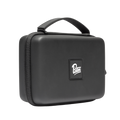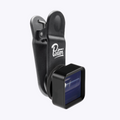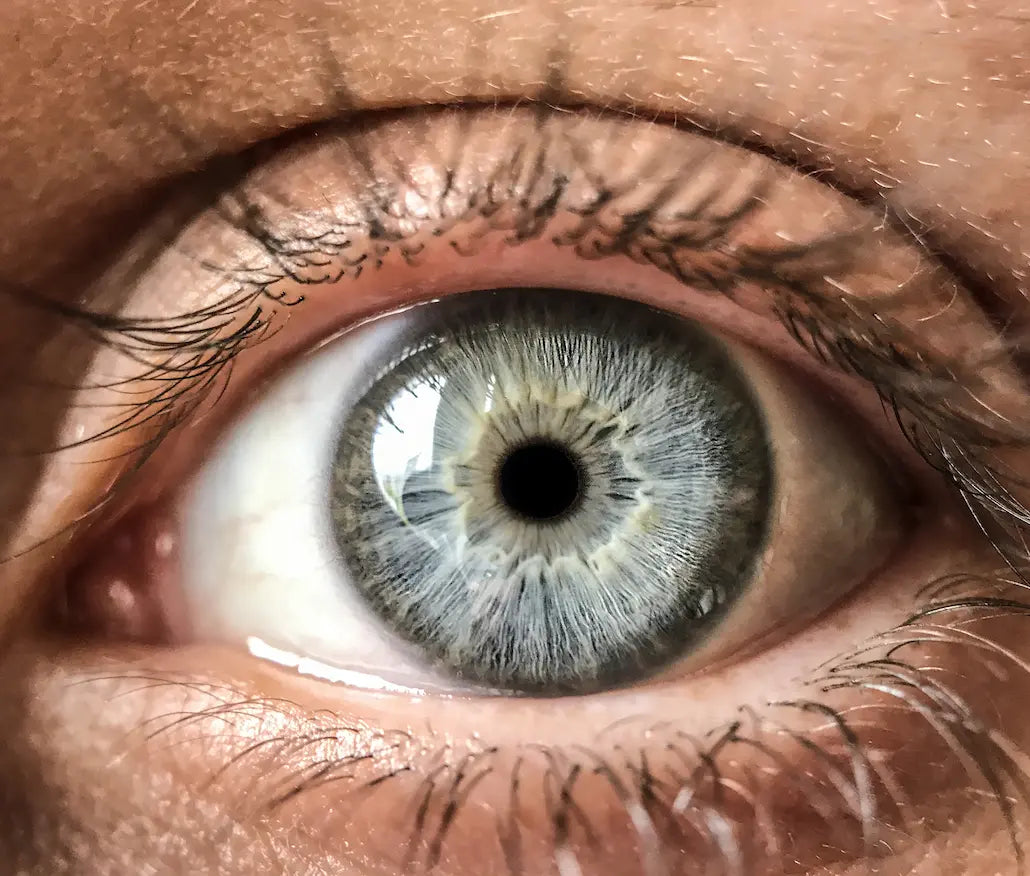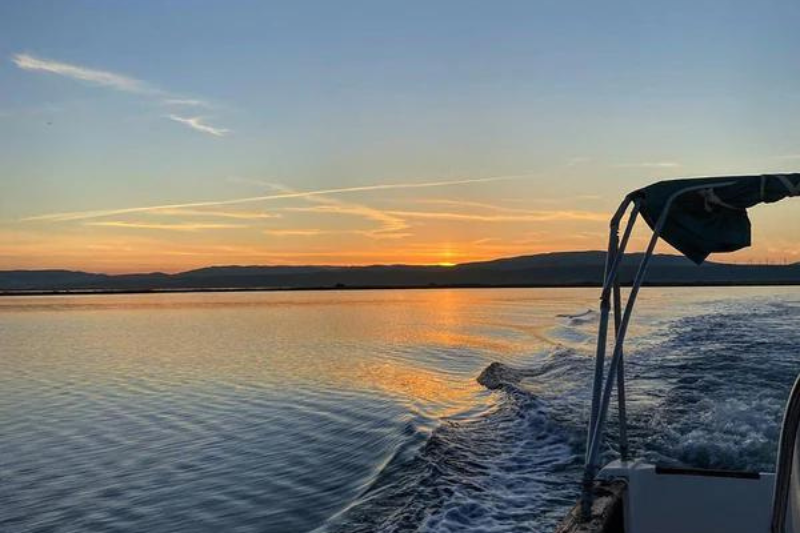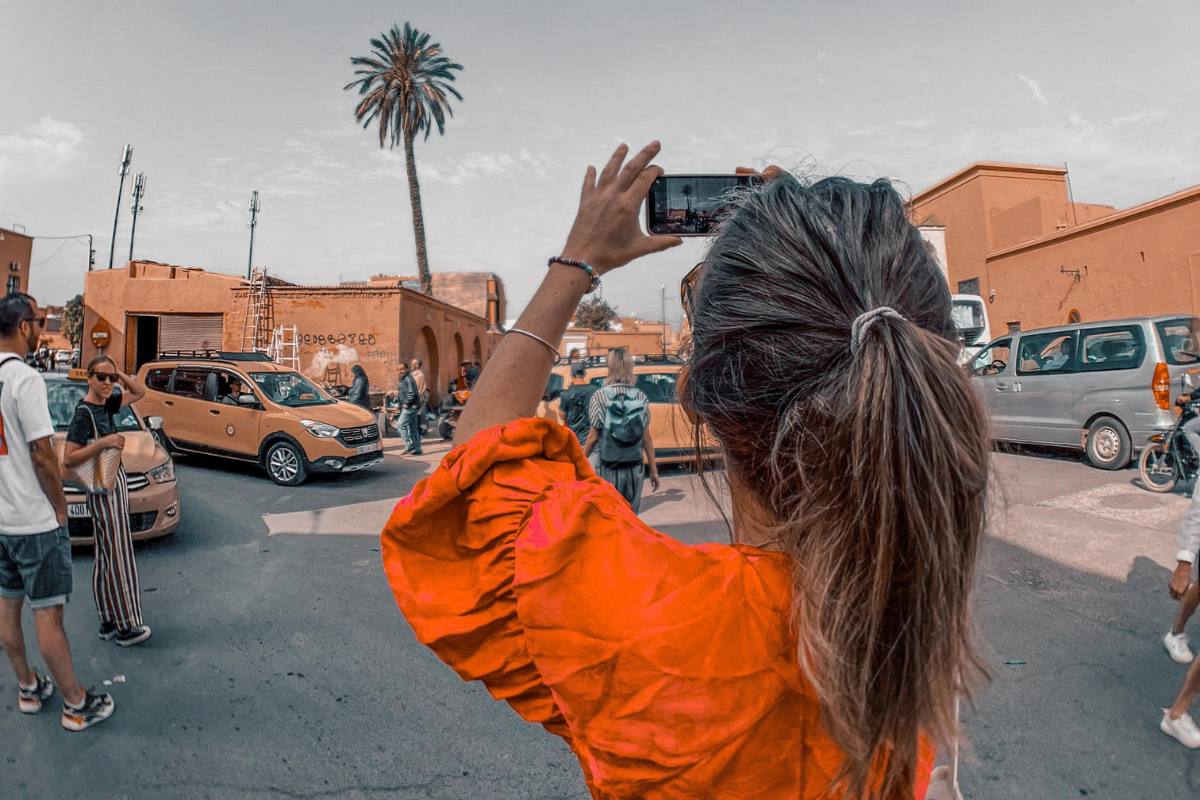With its majestic temples, its Zen gardens, its tasty gastronomy and its welcoming people, Japan is a true treasure to discover. In this blog, I will take you through my escapades in different Japanese cities, sharing my experiences, my travel tips and my favorites. Whether you're a seasoned traveler or a newbie, I hope this blog inspires you to explore Japan and have unforgettable adventures.
Tokyo: excess
Shibuya, Harajuku, and Shinjuku: the timeless neighborhoods
My day started at the Emit Shibuya Hotel, where I stayed during my stay in Tokyo. This minimalist hotel is perfect for remote workers and influencers, with ACME furniture in every room and a casual cafe. Located between Shibuya and Harajuku Stations, the hotel is within walking distance of Yoyogi Park, Meiji Shrine and the Omotesando shopping district. The high-end hotel service and relaxed atmosphere made my stay very pleasant.
What would Shibuya be without its famous Crossing Road? Every minute hundreds of tourists and Japanese cross this crossing, which makes it one of the busiest in the world.
I went to a typical restaurant offering Okonomiyaki, a Japanese specialty made with egg, meat, cheese, and sauce, all mixed into a pancake. I loved this meal where I was able to observe the preparation right in front of me. The servers were funny.
Okonomiyaki
Afterwards, I enjoyed a leisurely and relaxing walk at Yoyogi Park, the largest urban park in Tokyo. I was able to discover historical temples and shrines there, such as the Meiji Shrine, which is one of the most famous shrines in Tokyo. The park is the ideal place to relax, take a walk, or engage in physical activity such as jogging or yoga.
I then changed bars to test the small bar experience. Bars where you can only go in groups of 4 or 5. The experience is very enriching, because even if the Japanese don't speak English very well, you can communicate with them while enjoying a good sake.
In the afternoon I discovered the best of Tokyo at the bar on the 24th floor of the Peninsula Hotel, Peter (Imperial). The stunning view of the Imperial Palace, Hibiya Park and Ginza is absolutely breathtaking. Their signature cocktail, the 'Tokyo Joe', is a delight to savor while admiring the scenery. Their generous happy hour from 5 p.m. to 8 p.m. Sunday to Thursday is also a steal, with drinks and snacks priced at just 800 yen. No cover charge, just a 15% service charge.
In the evening, I had dinner at one of Shinjuku's many izakayas. These traditional Japanese restaurants offer a variety of dishes, from sushi to yakitori, and are often frequented by Japanese workers at the end of the day to unwind after work. I tried the yakitori and their sake, and it was delicious.
And of course, I couldn't leave Shinjuku without visiting the famous Kabukicho, Tokyo's entertainment district. Although this area is often considered a bit sketchy, I was pleasantly surprised to discover that there were also plenty of hip and trendy bars and restaurants. There was so much to see and do that I ended up spending most of the night there.
In terms of duration, I advise you to take a short week to visit Tokyo, the city is huge and many things are worth seeing!
Kyoto: The Romantic
The next day, I left for Kyoto, the ancient and cultural city of Japan. I was dazzled by the ancient temples, Zen gardens and cobblestone streets of this charming city. A very charming town, with its bars along the Shirakawa River. You can enjoy a meal or a cocktail while admiring the river passing beneath your feet. If you are lucky you will observe the cherry blossoms during the hanami period (March-April).
I also had the opportunity to climb the Fushimi Inari Taisha, the 10,000 torii of a cliff. It takes about an hour to climb them.
After the 10,000 torii, head towards Arashiyama bamboo grove. Not far from Kyoto there is a bamboo forest, in which you can stroll and take your best photos.
Osaka - the City of Water
I arrived at Osaka Station early in the morning and started my day with a visit to Osaka Castle, a historical symbol of the city. Located in the heart of a green park, the castle is impressive with its stone walls and tiled roofs. I climbed to the top of the castle to enjoy panoramic views of the city and admire the beauty of traditional Japanese architecture.
After that, I headed to the bustling Dotonbori area for lunch. It is one of the most popular places for tourists, known for its restaurants and shops but also for its crazy parties. I sampled local specialties, including takoyaki (octopus balls), and enjoyed the neighborhood's electric atmosphere.
Next, I went to visit Shitennoji Temple, one of the oldest Buddhist temples in Japan. I was fascinated by the elegant architecture and serenity of this sacred place, which contrasts sharply with the bustle of the city. I also visited the adjoining gardens, where I could relax and admire the beautiful scenery.
At the end of the afternoon, I decided to take a trip to the trendy Umeda district to do a little shopping. Department stores, such as Hankyu Department Store, have a lot of clothing, cosmetics and food. I was also impressed by the panoramic view of the city from the roof terrace of the Umeda Sky Building, a true architectural marvel.
To conclude my day, I went to dinner in the Kitashinchi district, known for its sushi bars and Kobe beef restaurants. I enjoyed an exceptional Kobe beef dish and had a drink with some locals, enjoying the welcoming atmosphere of the neighborhood.
What to do in Japan in other cities?
Nara the city of deer
I left the city of Kyoto by bus to go to the city of Nara located south of Tokyo. the city is famous for its sacred deer which roam freely in the streets and parks. You can walk among the temples and the deer who come to ask you for food. The city is not very beautiful in terms of architecture, however you will find magnificent temples that you can admire from cafes.
I also wanted to tell you about this Todai-ji Temple, because it has the particularity of housing one of the largest bronze Buddhas in the world.
Todai-ji Temple is a Buddhist temple located in the city of Nara, Japan. It is considered one of the most important and prestigious temples in Japan and has been a UNESCO World Heritage Site since 1998.
The temple was built in 752 under the direction of Emperor Shomu with the aim of promoting Buddhism and protecting Japan. The temple's main building, the Daibutsuden, is one of the largest wooden buildings in the world and houses a monumental bronze statue of Buddha Vairocana, known as "Daibutsu"
Hiroshima
The next day, I took the train to Hiroshima, where I visited the Memorial Peace Park and the Museum of Atomic Bomb.
The museum tells the story of the atomic bomb dropped on the city by the United States in 1945, and shows the devastating impact of the war on the city and its residents. The exhibits and artifacts are moving, including the testimonies of bomb survivors, known as Hibakusha. I was touched by their courage and resilience in the face of the horror of this tragedy.
I also had the chance to see the free deer that roam the island. They are considered divine messengers in Japanese culture, and it is considered an honor to be in their presence.
Back in Hiroshima, I visited the Peace Park, a place of commemoration and reflection. There are monuments to the victims of the atomic bomb, as well as fountains and gardens. The highlight of the park is the Genbaku Dome, also known as the Atomic Bomb Dome, which remained standing after the bomb exploded. It is a powerful symbol of the tragedy of war and the strength of the city to recover from this terrible ordeal.
My day in Hiroshima was an unforgettable and moving experience. I was touched by how this city transformed tragedy into a message of peace and reconciliation, and I was inspired by the hope and resilience of its residents. It’s a destination that should be on every traveler’s bucket list to Japan.
I also visited the Japanese countryside which is, for me, fabulous. The greenery is very pronounced and the locals are friendly. Even if the exchanges can be complicated with the language barrier, their smiles say a lot.
Mount Fuji
I finished my trip by visiting Mount Fuji, one of Japan's greatest natural attractions. More precisely at Lake Kawaguchiko, a lake located at the foot of Mount Fuji, several kilometers wide. This town offers stunning views of Mt. Provided you have good weather. I was lucky to have a clear spell in the middle of the afternoon, where I could see Mount Fuji from the lake.
You can rent bikes to go around the lake, which will give you completely different viewing angles. You can also take the cable car to the top of the city. A magical view awaits you at the top. You will overlook the city and understand all the magic of Mount Fuji when you arrive at the summit.
This is where my unforgettable trip to Japan ends.
Overall, my trip to Japan was an unforgettable experience. I was amazed by the unique culture and natural wonders of this fascinating country. I highly recommend visiting Japan for anyone looking for a cultural and captivating adventure.
Tips to know for your trip to Japan
When traveling around Tokyo we advise you to do as much as possible on foot to discover as many things as possible. You can also buy the Suica metro card to recharge whenever you want. The subway can get complicated quickly map the station map is in Japanese, and few people speak English.
To change cities and go to the south or north of Japan, I advise you to take a JRail Pass on the Shinkansen. You will not regret it. Cleanliness and punctuality are two very important points for the Japanese.
I also advise you to get off the beaten track of big cities to explore small rural towns like Nikko or Matsushima.

